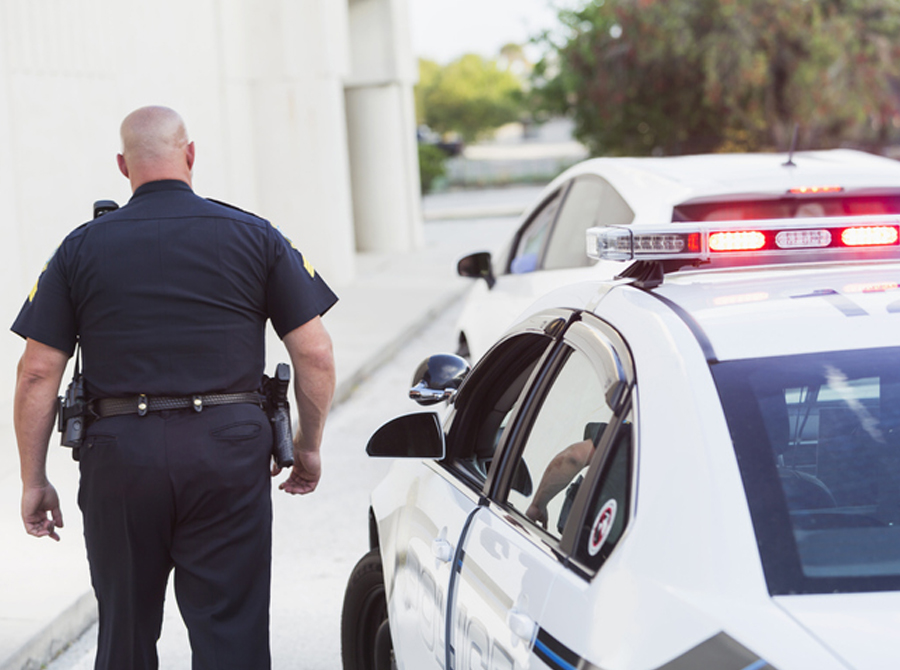Two types of thinking human beings use in everyday life are “System 1” and “System 2.”
- System 1 thinking operates automatically, quickly, and subconsciously. It includes skills we are born with (e.g., instincts) and skills we have learned, through practice, to perform automatically. This knowledge and these experiences are accessed effortlessly and unintentionally. This type of thinking operates in the part of the brain responsible for basic survival instincts, such as the “fight-flight-freeze” response. It allows people to recognize danger quickly and react to it to preserve their lives.
- System 2 thinking is slower, higher-level cognitive thinking. It uses the part of the brain responsible for things like planning, predicting, problem-solving, language skills, and self-control. This type of thinking is where conscious thought happens. If the brain has conflicting messages from its System 1 and System 2 thinking, System 2 has the final say in how to respond.
Implicit bias is subconscious feelings, perceptions, attitudes, and stereotypes that create automatic positive or negative preferences. Some biases are inborn—for example, an infant’s fear of loud noises. Other biases arise from external influences, such as exposure to media and a person’s life experiences. Implicit biases form in the same part of the brain that is responsible for System 1 thinking. This means that responses based on implicit bias are automatic, subconscious, and quick. Having implicit biases does not make someone a bad person; having these biases is simply part of being human.
Once a person becomes aware of implicit biases, System 2 thinking can monitor for them and help correct harmful behaviors. That is, simply being aware that implicit biases may exist can help individuals take control of them.
The nature of police work—keeping people safe in emergency situations—requires officers to use System 1 thinking:
- Peace officers must be able to rely on their training, experience, instinct, and intuition when they make split-second decisions in dangerous situations where people’s lives are at stake. Otherwise, innocent people, including the officers themselves, can be harmed.
- A good law enforcement officer’s training and experience should become so ingrained that the officer senses a potential threat even before the officer has consciously worked out the reasons for the officer’s heightened attention or sense of fear.
As mentioned above, the area of the brain where humans make intuitive—often split-second—decisions is also the area of the brain where implicit biases are formed. Because of this, police officers must be extra vigilant so that their implicit biases do not affect their intuitive decisions.
Some practical ways for law enforcement officers to manage implicit bias in policing are:
- Being aware of the issue. Simply knowing about implicit biases can help officers self-monitor for them, allowing their System 2 thinking to control. Officers can also consider taking Implicit Association Tests (IATs) to help identify any implicit biases they may have.
- Taking steps to counter the bias, for example, by obtaining accurate information about groups to counter stereotypes about that group, engaging with groups in a positive manner, taking perspective, and thinking of people as individuals first.
- Taking high-quality use-of-force training that focuses on threat assessment.
- Getting enough sleep. Unfortunately, the nature of police work can make this extremely difficult. Still, officers can at least be aware that sleep deprivation can affect their decision-making.
Interested in learning more?
PLS offers police online self-study legal training on a wide variety of practical issues to help police officers make good decisions in challenging situations.
Link: https://www.policelegalsciences.com/


